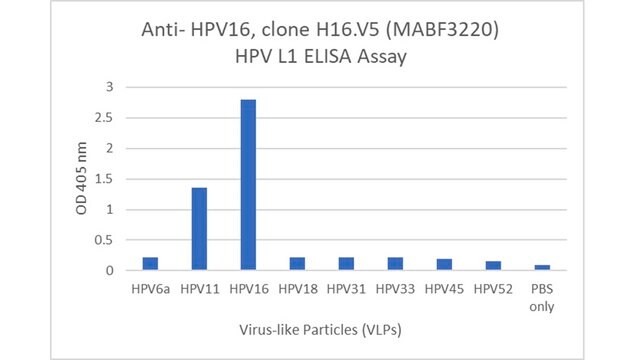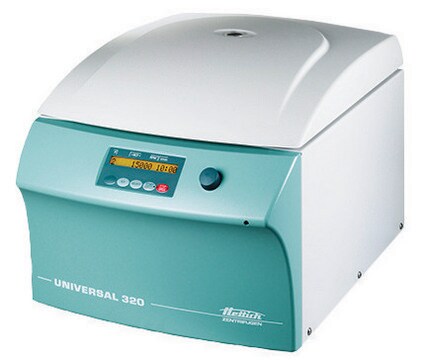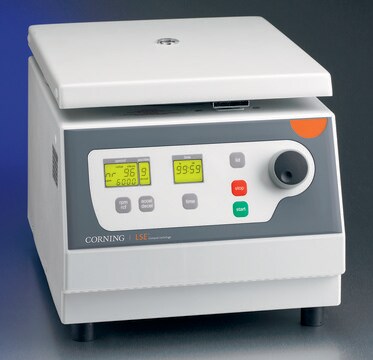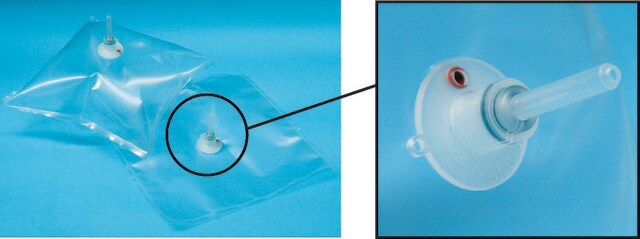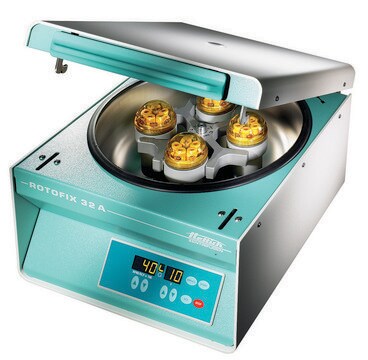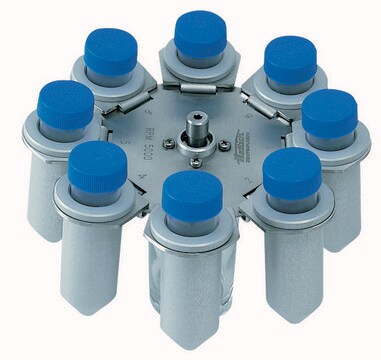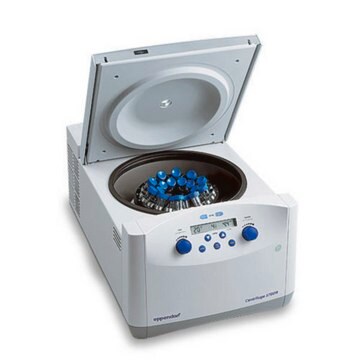MABF3287
Anti-HPV18 Antibody, clone H18.J4
Synonim(y):
Główne białko kapsydu L1, HPV-18
About This Item
Polecane produkty
pochodzenie biologiczne
mouse
Poziom jakości
forma przeciwciała
purified antibody
rodzaj przeciwciała
primary antibodies
klon
H18.J4, monoclonal
masa cząsteczkowa
calculated mol wt 63.6 kDa
observed mol wt ~N/A kDa
oczyszczone przez
using protein G
reaktywność gatunkowa
virus
opakowanie
antibody small pack of 100
metody
ELISA: suitable
neutralization: suitable
izotyp
IgG2aκ
numer dostępu Protein ID
numer dostępu UniProt
temp. przechowywania
-10 to -25°C
informacje o genach
vaccinia virus ... L1(1489090)
Specyficzność
Immunogen
Zastosowanie
Testowanie izotypów: Potwierdzenie tożsamości za pomocą testu izotypowania.
Analiza izotypowania: Tożsamość tego przeciwciała monoklonalnego została potwierdzona testem izotypowania jako mysia IgG2a.
Testowane aplikacje
Analiza ELISA: Reprezentatywna partia wykryła HPV18 w aplikacji ELISA (Christensen, N.D., et al. (1996). Virology. 223(1):174-84; Panicker, G., et al. (2021). J Immunol Methods. 498:113136; Jerajani, K., et al. (2022). J Pharm Sci. 111(11):2983-2997).
Analiza ELISA: Reprezentatywna partia tego przeciwciała wykryła białko HPV18 w aplikacji ELISA (Dane Dr. J. Leitsch i za uprzejmą zgodą ARTES Biotechnology GmbH, Niemcy. Zastosowane rekombinowane antygeny HPV L1 zostały wyprodukowane przez ARTES Biotechnology GmbH).
Test neutralizacji: Reprezentatywna partia zneutralizowała HPV18 w aplikacji neutralizującej (Dias, D., et al. (2005). Clin Diagn Lab Immunol. 12(8):959-69).
Uwaga: Rzeczywiste optymalne rozcieńczenia robocze muszą być określone przez użytkownika końcowego jako próbki, a warunki eksperymentalne mogą się różnić w zależności od użytkownika końcowego.
Opis wartości docelowych
Postać fizyczna
Rekonstytucja
Przechowywanie i stabilność
Inne uwagi
Oświadczenie o zrzeczeniu się odpowiedzialności
Nie możesz znaleźć właściwego produktu?
Wypróbuj nasz Narzędzie selektora produktów.
Kod klasy składowania
12 - Non Combustible Liquids
Klasa zagrożenia wodnego (WGK)
WGK 2
Temperatura zapłonu (°F)
Not applicable
Temperatura zapłonu (°C)
Not applicable
Certyfikaty analizy (CoA)
Poszukaj Certyfikaty analizy (CoA), wpisując numer partii/serii produktów. Numery serii i partii można znaleźć na etykiecie produktu po słowach „seria” lub „partia”.
Masz już ten produkt?
Dokumenty związane z niedawno zakupionymi produktami zostały zamieszczone w Bibliotece dokumentów.
Nasz zespół naukowców ma doświadczenie we wszystkich obszarach badań, w tym w naukach przyrodniczych, materiałoznawstwie, syntezie chemicznej, chromatografii, analityce i wielu innych dziedzinach.
Skontaktuj się z zespołem ds. pomocy technicznej